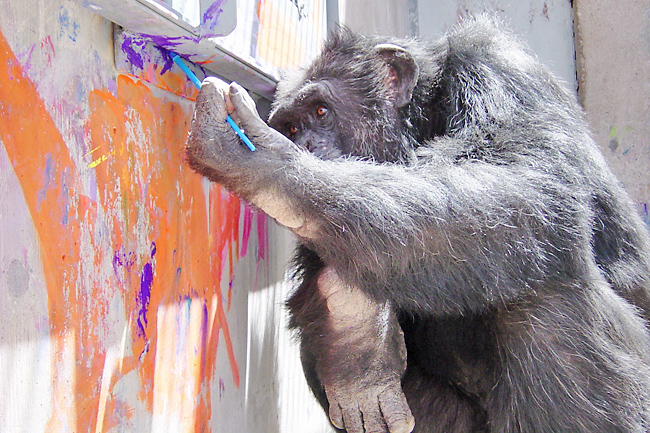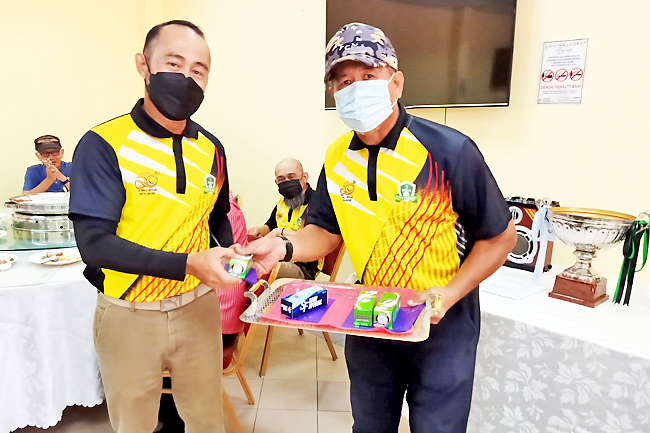Christopher Byrd
THE WASHINGTON POST – My favourite exchange in The Gunk happens early in the first chapter shortly after Rani and Becks, two financially strapped, planet-hopping scavengers, come across an uncharted world. As Becks pilots their spaceship, Rani rappels down a rope and sets out to get the lay of the land. In a cavern, Rani comes across a mound made up of a bubbly, gelatinous substance – the eponymous gunk of the title. Using a hand tool which doubles as her prosthetic limb, Rani scans the material to reveal that it’s “an organic compound. Following Becks’ suggestion, she uses her hand tool (which she affectionately calls “pumpkin”) to hoover up the substance. This reveals a small pool of bright green liquid, which another scan reveals to be a promising energy source. Hoping to secure a larger deposit of the liquid, Rani looks for more traces of it and asks Becks what she would do if they should strike it rich. After saying she’d first pay off her debts Becks says, “I don’t dream big until I know it’s within my reach” to which Rani wittily replies: “A dream, Becks, is something that’s out of our reach. Otherwise, it’s called an option.”
That snippet of conversation nicely captures the personality of the game’s central characters. Becks is prudent, Rani intrepid. It also sets the stage for the tension that threatens to sour their relationship. As Rani explores the planet and uses her hand tool to remove the gunk she is dazzled to see the environment transform from a dull greyish landscape to one bursting with exotic flora. Eventually, Rani discovers the ruins and relics of a lost civilisation and an alien suspended in a tank hooked up to machinery, the purpose of which is a mystery. And while Becks counsels caution, Rani grows more headstrong and dismissive of her partner’s input.
The Gunk is an eco-fable about characters determined to remake the world and the consequences that result from their hubris. Featuring light action sequences (there are gunk monsters) and straightforward puzzle sequences, the game focusses on the pleasures of exploration and tidying up above all else. Stepping into the role of Rani, players spend most of their time cleaning up gunk and searching for “mycelium coils” and “mulligan melons”.
Mycelium coils are round-mushroom heads attached to narrow stems rooted in the ground.
Rani can detach them using her tool and then shoot them into the pools of green liquid. This causes mushroom platforms to sprout up so that she can traverse otherwise impossible-to-access areas. Mulligan melons bear a resemblance to the tops of the mycelium coils, but once detached from their surroundings they explode after a short period of time. Rani can use these to clear away out-of-reach clusters of gunk. Most of the puzzles revolve around the use of these two substances. Save for one moment late in the game where I missed cleaning up a tiny amount of gunk that prevented me from uncovering a resource, I was able to complete the story without much effort.
The Gunk is a casual adventure game that’s easy on the eyes and benefits from the voice acting of Fiona Nova (Rani) and Abigail Turner (Becks). They endow their respective characters with no shortage of vitality.
Sure, on the face of it, a game centred around cleaning up gunk might not sound like an interesting diversion. But it works thanks to the focussed nature of the campaign (this is not a game that feels padded out with superfluous content) and because there is something intrinsically satisfying to radically altering the appearance of a landscape.
For the neat freaks out there, this one’s for you.











